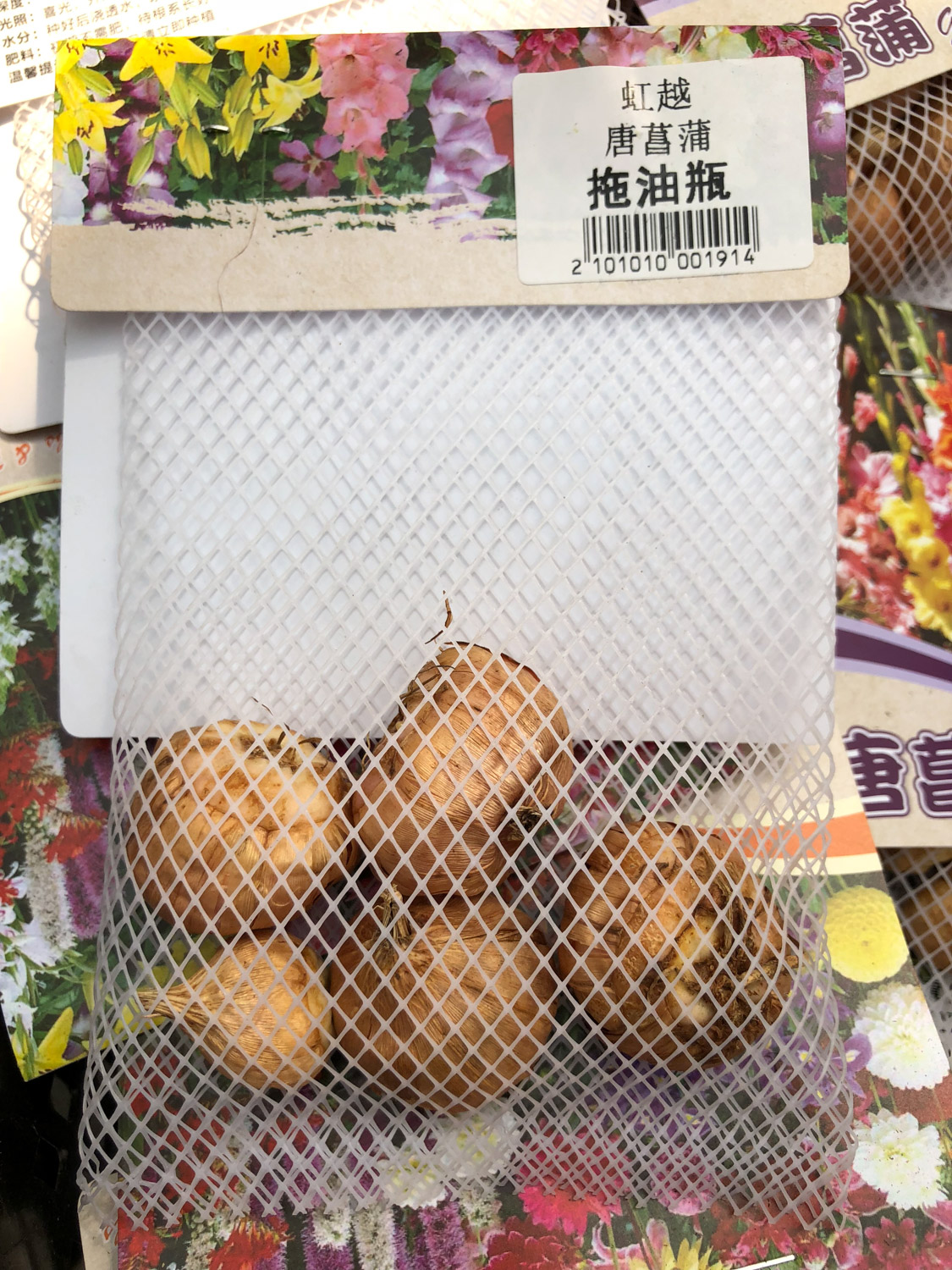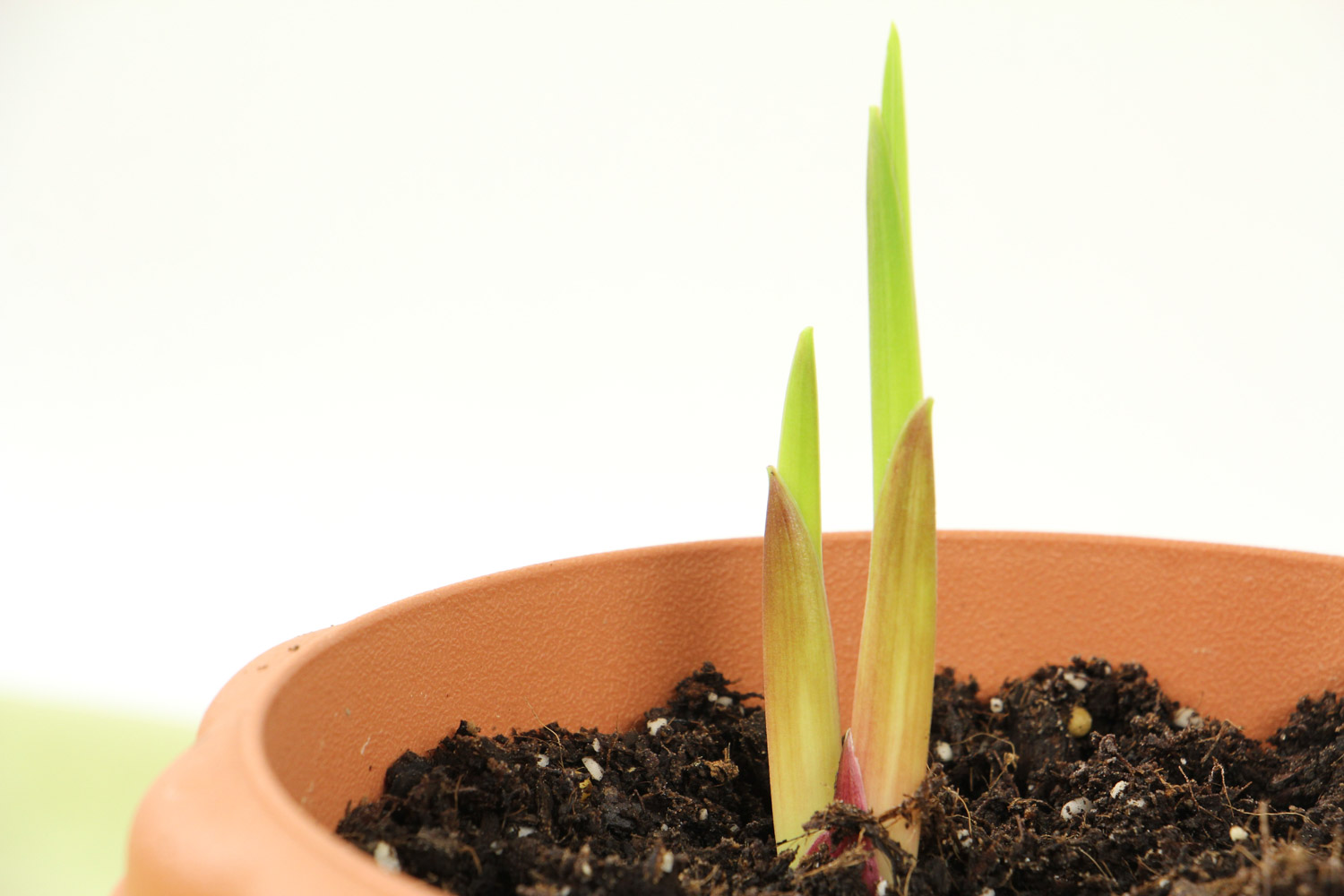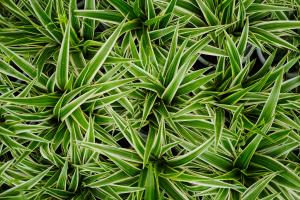Coniferous propagation of Gladiolus
This is one of the main propagation methods of gladiolus, namely split ball propagation. After Gladiolus is planted, new bulbs will form at the place where the mother ball sprouts. As the new ball grows slowly, a lot of sub balls will be formed between the new ball and the mother ball. The diameter of the large sub ball is more than 1 cm. After cultivation, it can bloom in the same year. The small sub ball is as large as mung bean, and it can bloom in a year or two. From October to November after flowering, the stem bulb will rise and be separated according to its size. The old bulb will not be used. Leave the new bulb and sub bulb for full drying, and then store them in a ventilated and dry place with a temperature of 5-10 ℃, and they can be sown the next year
If the number of seed balls is relatively small, they can be cut and reproduced. Remove the skin film on the outside of the strong bulb, and cut the bulb into several pieces after disinfection with a sharp knife. When cutting, pay attention to more than one stem bud and stem disc on each piece. In order to prevent decay, the stem plate can be coated with plant ash and charcoal powder. After drying, the stem buds are loaded upward into the culture soil with a depth of 5-10 cm

Gladiolus sowing and propagation
Gladiolus seed ball has no dormancy period. The Ru fruit will crack when it is mature. It is necessary to harvest the seeds in time. Because its service life is relatively short, it is also necessary to sow in time after harvest. Generally, it is planted by sowing method in the middle or first ten days of September. It is best to keep the temperature at ℃, and the seedlings can emerge in about a month

Tissue culture and propagation of Gladiolus
Dormant buds, axillary buds and bulb slices can be used as explants. After disinfection and inoculation, they can be cultured at 25 ℃. The seedlings can be obtained by induction, subculture and rooting culture. The seedlings can be continuously cultured to obtain small bulbs. After two years of planting, they will grow into female bulbs, and they are still non-toxic
The above are the breeding methods of Gladiolus summarized by Xiaobian. I hope I can help you

 how many times do yo...
how many times do yo... how many planted tre...
how many planted tre... how many pine trees ...
how many pine trees ... how many pecan trees...
how many pecan trees... how many plants comp...
how many plants comp... how many plants can ...
how many plants can ... how many plants and ...
how many plants and ... how many pepper plan...
how many pepper plan...



























